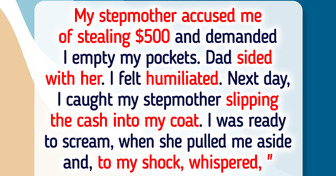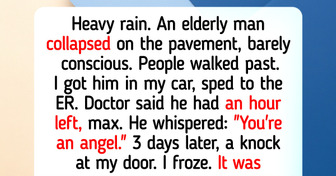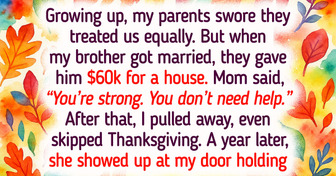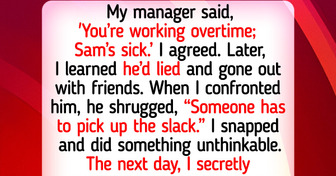15 Epic Fails That Deserve the Warmest Hugs From Us

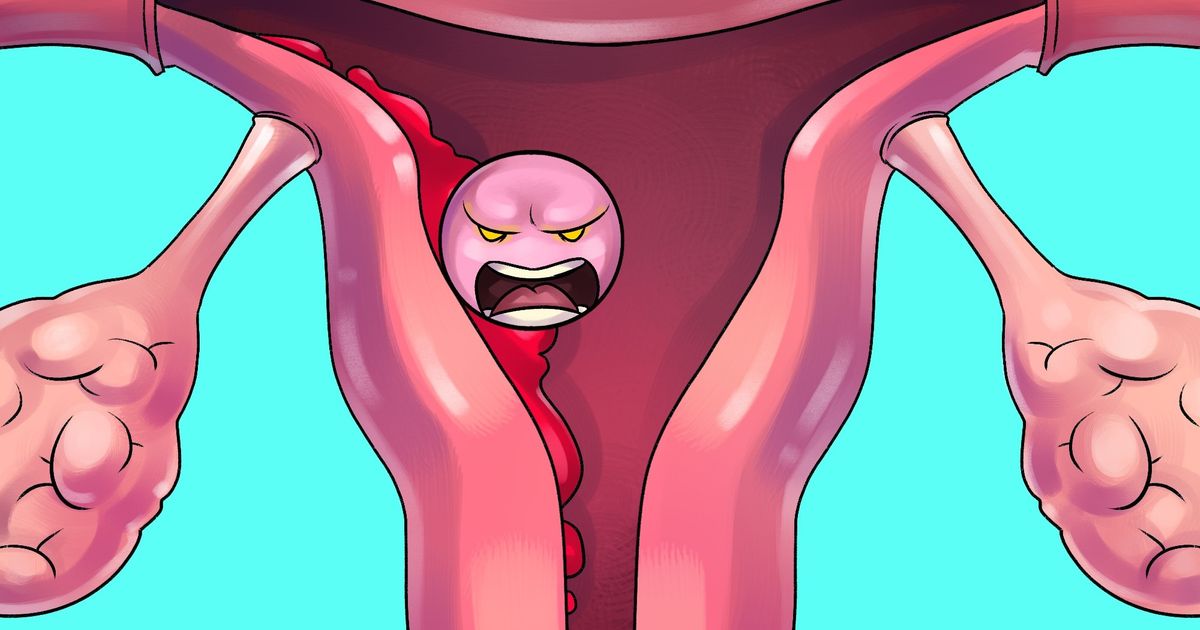
We, ladies, are so different, but there’s one thing that unites us. Yes, period cramps. You can hardly find a woman who hasn’t experienced them at least once in her life, and most of us experience them regularly. Every month, millions of women around the world wish to change bodies with men so as not to experience this pain — or at least have a treatment that can help them stand straight. Hold on, ladies!
Bright Side has found 13 ways to help you fight those lady pains and easily survive this time of the month. Check them out!
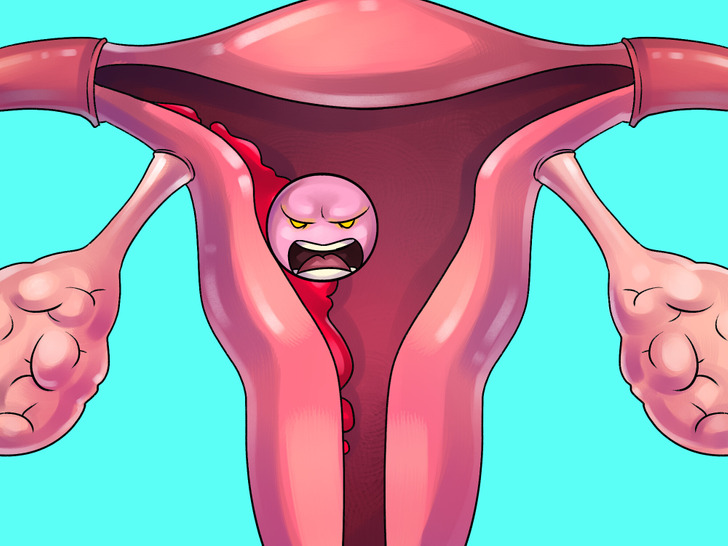
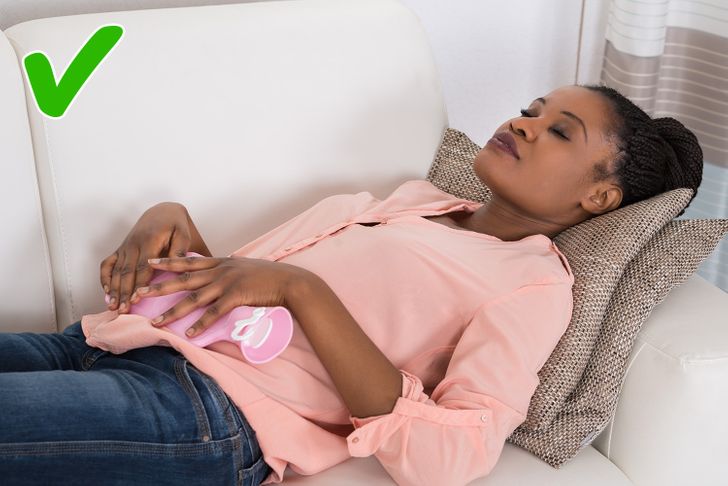
A scientist from University College London proved that a temperature of 40°C (104°F) helps you get rid of period cramps. Dr. King, who led the research, said that they’re caused by a reduced blood flow to your organs, which results in tissue damage.
The most amazing thing is that heat works the same way as drugs, blocking pain receptors called P2X3. So go grab a hot water bottle or a heating patch, put it on your stomach, and feel the enjoyable warmth killing your pain. By the way, if you have a cat, your period is the purrfect time to get a portion of warm hugs.
As mentioned above, heat helps relieve period pain. Besides, a bath is also a great way to relax both physically and mentally. Fill a tub with hot water, add some bath salts (lavender will deal with stress just fine), pour in 2-3 tablespoons of ground ginger, turn on your favorite music, make yourself a cup of tea, and enjoy!
To make the effect better, add several drops of essential oils:
Studies prove that a massage with essential oils can relieve lady pains. So here are several massage techniques to help you survive these days:
To make the effect better and the process more enjoyable, try some of the essential oils we recommended above. Or you can prepare a mixture of lavender, clary sage, and marjoram (2:1:1 ratio).
Herbal tea is something people have been drinking for centuries, relying on the healing properties of herbs. Though using tea to relieve pain may seem weird to some, scientists have proved the benefits of chamomile tea in curing such things as period cramps. It contains glycine, which relieves muscle spasms, thus relaxing the uterus. Moreover, the effect of tea is cumulative and can last for up to 2 weeks.
Turmeric tea has also been proved to help with cramps due to its anti-inflammatory properties. It also removes spasms, calms you down, and reduces bloating. So here’s the recipe for this exotic tea:
24 g (0.8 oz) grated turmeric root
13 g (0.45 oz) grated ginger root
1/4 tsp ground cinnamon
Several pieces of ground black pepper
80 g (2.8 oz) honey
Mix the ingredients in a jar, and stir thoroughly. Store in the fridge. To make the tea, take 1 teaspoon of the mixture, and mix with 170-230 ml (6-8 oz) of boiling water. Add some more pepper.
We all know that sleep is important for our health, but falling asleep during your period can be a real struggle. You know — all those cramps, headaches, and mood swings. Your favorite pillow suddenly becomes uncomfortable, and your mattress rebels against you... Then in the morning, you feel swollen and sleepy and get mad at any trifle.
To make your life a little bit better, we’ve got some advice for sound sleep. Experts recommend sleeping in the fetal position as it relaxes the muscles around your belly and reduces pain. Moreover, as your legs are squeezed, there are fewer chances of a leak. Great!
As weird as it may sound, drinking more water prevents fluid retention in your body. This will ease or even help you avoid swelling and bloating. To make the effect better, you can try drinking warm or hot water instead of cool. It will eliminate the pain by relaxing your muscles.
If you’re not a fan of drinking water, try eating fruits and vegetables. For example, cucumbers, lettuce, watermelons, peaches, and various berries. They’re rich in water (about 90-96% per volume) and obviously taste good.
Spices are part of our everyday life, but we don’t know their true value. Scientists have conducted some studies, the results of which can help us cope with lady pains. Here’s what you can use to make these days a little more pleasant:
Another way to relieve menstrual cramps is to take vitamins and minerals. Experts recommend:
Some women think that working out during their period is harmful. However, exercise is known to raise the level of endorphins in your body, which dull the pain, improve your mood, and accelerate prostaglandin burning.
To achieve the desired result, try a regular workout 3 times a week for at least 15 minutes. Experts say that walking, cycling, yoga, and skating are considered to be the best. In addition, they will make you fit, strong, and give you a healthier heart.
While some foods and additives are healthy and can make you feel better during these days, there are also things you’d better avoid. For example, caffeine. For someone who’s used to a daily morning dose, it may sound like a disaster. But hold on! Caffeine worsens the symptoms of PMS, including bloating, mood swings, aches, and cramps. It raises your levels of anxiety and can even make your menstrual cycle irregular.
It’s also better to avoid foods and drinks that cause bloating and water retention: fatty and salty foods (yes, including your favorite burgers), alcohol, chocolate, and all types of carbonated drinks.
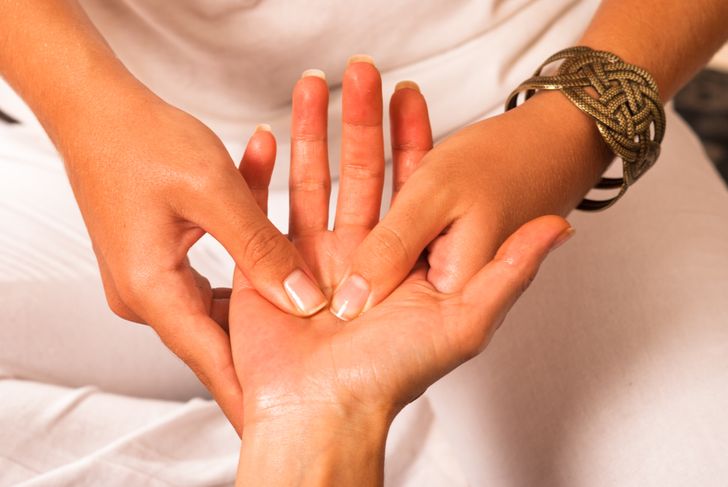
Acupressure is a method almost as old as time. It’s been used for centuries and proved its effectiveness not only for pain relief but also as a treatment for various conditions. So if you’re not that lucky one who suffers no pain during her period, you might give it a try. Here are some points to press to normalize periods and relieve cramps and PMS symptoms:
By the way, when talking about alternative types of massage, chiropractic can also help you ease the pain.
Birth control pills will do. They reduce the levels of prostaglandins that make cramps worse, thus relieving pain. Yet if you’re not planning to take them regularly, this method won’t work.
Another option is regular over-the-counter medication. For example, NSAIDs (Nonsteroidal anti-inflammatory drugs), such as ibuprofen and aspirin, can help you relieve pain by blocking cyclooxygenase. This reduces the production of prostaglandins, substances that make you more sensitive to pain.
However, you should remember that these are drugs, and it’s better to avoid using them if you have another way out. And, of course, it’s always better to consult a doctor before taking any pills or supplements.
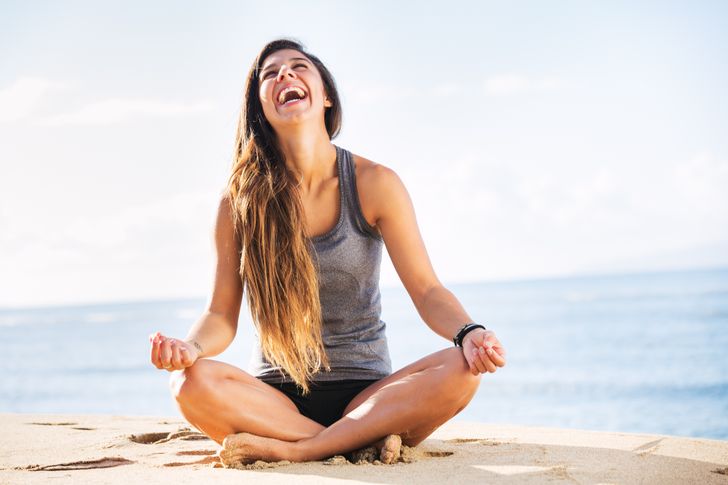
Your body knows best. We’re all different, and, unfortunately, there’s no one-size-fits-all treatment against cramps. So if you don’t want to increase your water intake or exercise, don’t. If you feel like killing someone for a cup of coffee, drink it. If you need a rest, cancel your meetings. Trust your instincts. After all, they’ve been saving us for centuries.
Do you know any other period pain-relieving tips? Have you tried any of the tips described above? Which one is your favorite? Don’t hesitate to share your thoughts in the comments!


